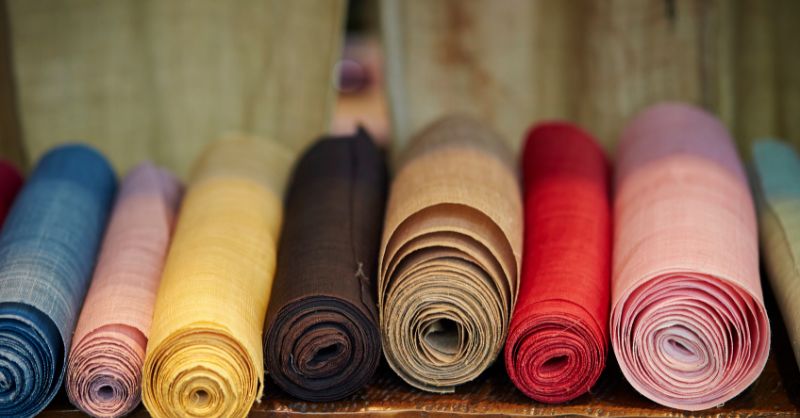The Rising Trend of Manmade Textiles: Unveiling Advantages and Challenges
17 July, 2023

In recent years, the textile industry has witnessed a significant shift towards the utilization of manmade textiles. This trend has sparked a growing interest in synthetic fibers, sparking debates on the merits of manmade versus natural materials. As consumers become more environmentally conscious and seek sustainable options, understanding the fiber properties and advantages of manmade textiles becomes crucial. In this article, we delve into the world of manmade textiles, compare them to natural fibers, and shed light on the advantages they offer.
Manmade Textile: A Growing Trend
Manmade textiles, also known as synthetic textiles, are created through various chemical processes that transform raw materials into fibers. These fibers are then woven into fabrics used for clothing, home textiles, and industrial applications. The popularity of manmade textiles stems from their versatility, durability, and cost-effectiveness.
Synthetic Fibers: Revolutionizing the Textile Industry
Synthetic fibers play a pivotal role in the textile industry, offering a wide range of possibilities for designers and manufacturers. Polyester, nylon, acrylic, and rayon are among the most commonly used synthetic fibers. Each of these fibers possesses unique characteristics that make them suitable for different purposes. Polyester, for instance, is known for its wrinkle-resistance and durability, making it a popular choice for activewear and outerwear.
Manmade vs. Natural: The Debate Unraveled
The debate between manmade and natural fibers has been ongoing for years. Natural fibers, such as cotton, silk, and wool, have been cherished for their comfort and breathability. However, manmade textiles have gradually gained ground due to their inherent advantages. One significant difference between the two lies in their environmental impact.
Fiber Properties: Understanding the Science
Manmade textiles are engineered to possess specific properties, making them suitable for diverse applications. Synthetic fibers are often more resistant to stains, moisture, and UV rays than their natural counterparts. Additionally, these fibers can be engineered to provide enhanced breathability or thermal insulation.
Advantages of Manmade Fibers
Cost-Effective: Manmade textiles are generally more affordable than natural fibers, making them accessible to a broader consumer base.
Durability: The inherent strength and resistance to wear and tear make manmade textiles long-lasting and ideal for everyday use.
Versatility: Synthetic fibers can be engineered to mimic the appearance and texture of natural materials, offering a wide array of choices to consumers.
Easy Care: Manmade textiles are often low-maintenance, requiring minimal ironing and offering ease of washing.
Sustainability: Some manmade fibers, such as recycled polyester, contribute to sustainability efforts by reducing waste and utilizing existing resources.
Challenges and Concerns
Despite the advantages, manmade textiles come with their set of challenges. One notable concern is their environmental impact. The production of synthetic fibers involves energy-intensive processes and the use of chemicals, leading to carbon emissions and potential pollution. However, advancements in technology have given rise to eco-friendly alternatives, like bio-based or recycled synthetic fibers.
Looking Ahead: The Future of Manmade Textiles
As technology evolves, so does the world of textiles. Innovations in manmade fibers are continuously being explored to create sustainable and eco-friendly options. As consumers demand more transparency and ethical practices, the textile industry is adapting to meet these expectations.
The rise of manmade textiles marks a pivotal moment in the textile industry. While the debate between natural and synthetic fibers continues, the advantages and advancements in sustainable practices showcase the potential of manmade textiles in shaping a greener future. As manufacturers and consumers increasingly embrace these innovations, the industry will undoubtedly witness further growth and progress. Embracing eco-friendly practices and consumer awareness will be key to the continued success of manmade textiles in the years to come.
